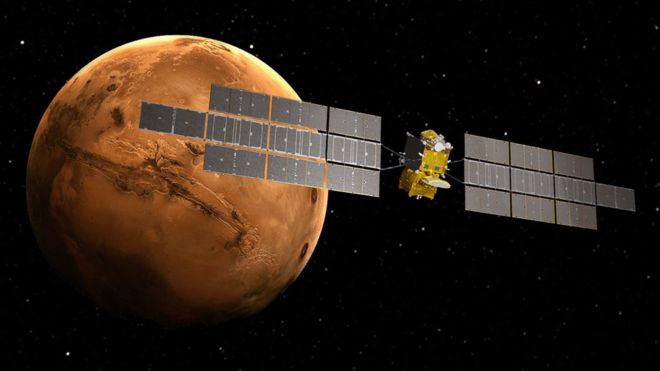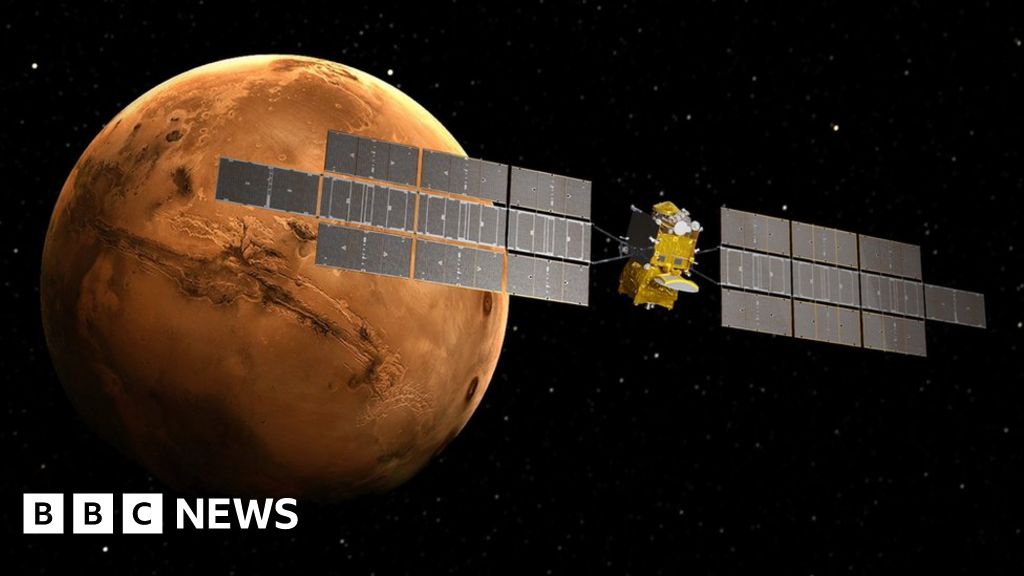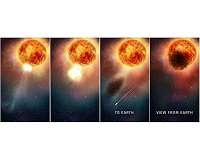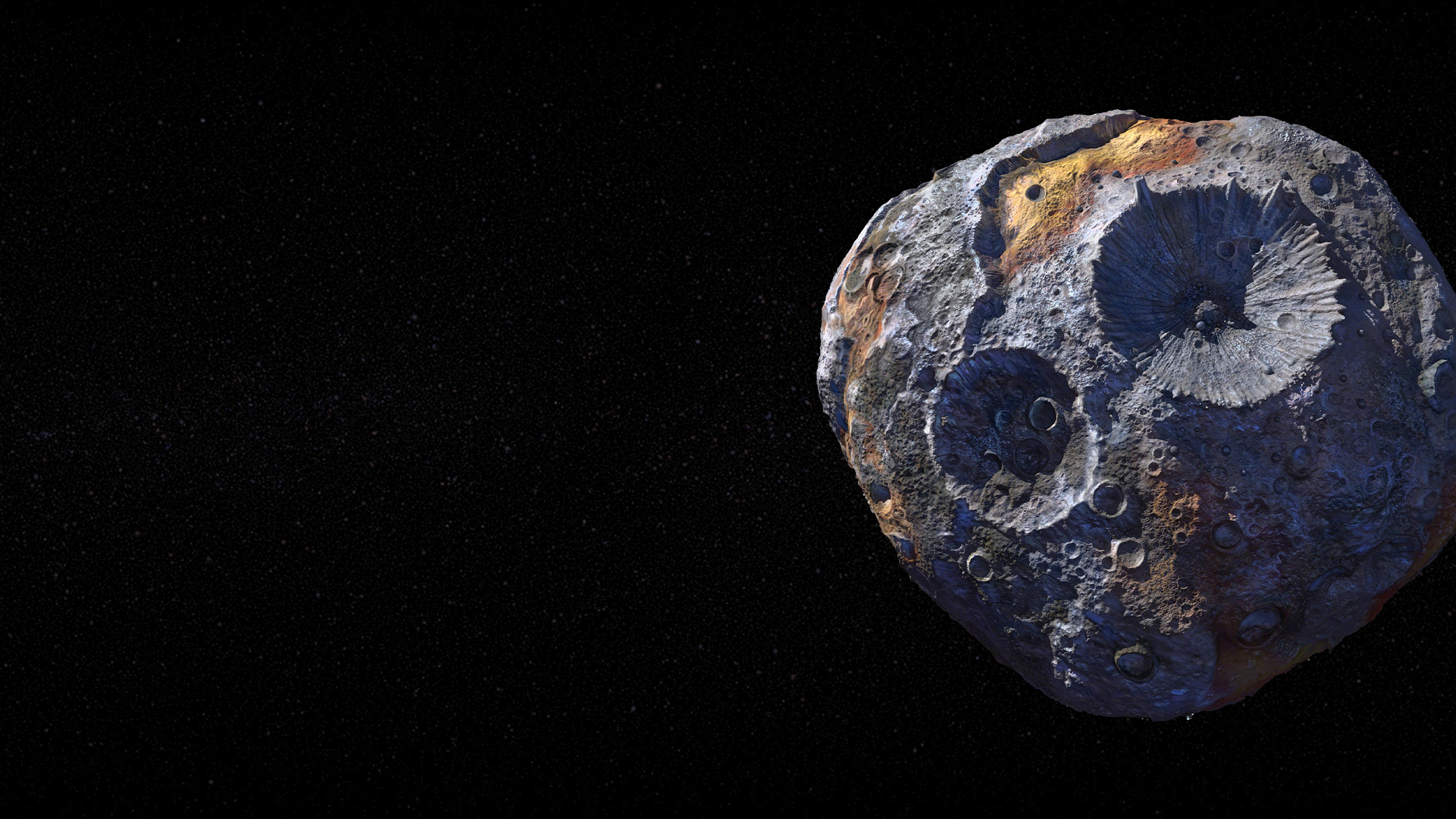Observations by NASA's Hubble Space Telescope are showing that the unexpected dimming of the supergiant star Betelgeuse was most likely caused by an immense amount of hot material ejected into space, forming a dust cloud that blocked starlight coming from Betelgeuse's surface.
Hubble researchers suggest that the dust cloud formed when superhot plasma unleashed from an upwelling of a large convection cell on the star's surface passed through the hot atmosphere to the colder outer layers, where it cooled and formed dust grains. The resulting dust cloud blocked light from about a quarter of the star's surface, beginning in late 2019. By April 2020, the star returned to normal brightness.
Betelgeuse is an aging, red supergiant star that has swelled in size due to complex, evolving changes in its nuclear fusion furnace at the core. The star is so huge now that if it replaced the Sun at the center of our solar system, its outer surface would extend past the orbit of Jupiter.
The unprecedented phenomenon for Betelgeuse's great dimming, eventually noticeable to even the naked eye, started in October 2019. By mid-February 2020, the monster star had lost more than two-thirds of its brilliance.
This sudden dimming has mystified astronomers, who scrambled to develop several theories for the abrupt change. One idea was that a huge, cool, dark "star spot" covered a wide patch of the visible surface. But the Hubble observations, led by Andrea Dupree, associate director of the Center for Astrophysics | Harvard and Smithsonian (CfA), Cambridge, Massachusetts, suggest a dust cloud covering a portion of the star.
Several months of Hubble's ultraviolet-light spectroscopic observations of Betelgeuse, beginning in January 2019, yield a timeline leading up to the darkening. These observations provide important new clues to the mechanism behind the dimming.
Hubble captured signs of dense, heated material moving through the star's atmosphere in September, October, and November 2019. Then, in December, several ground-based telescopes observed the star decreasing in brightness in its southern hemisphere.
"With Hubble, we see the material as it left the star's visible surface and moved out through the atmosphere, before the dust formed that caused the star to appear to dim," Dupree said. "We could see the effect of a dense, hot region in the southeast part of the star moving outward.
"This material was two to four times more luminous than the star's normal brightness," she continued. "And then, about a month later, the south part of Betelgeuse dimmed conspicuously as the star grew fainter. We think it is possible that a dark cloud resulted from the outflow that Hubble detected. Only Hubble gives us this evidence that led up to the dimming."
Massive supergiant stars like Betelgeuse are important because they expel heavy elements such as carbon into space that become the building blocks of new generations of stars. Carbon is also a basic ingredient for life as we know it.
.








